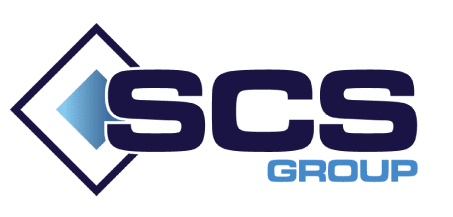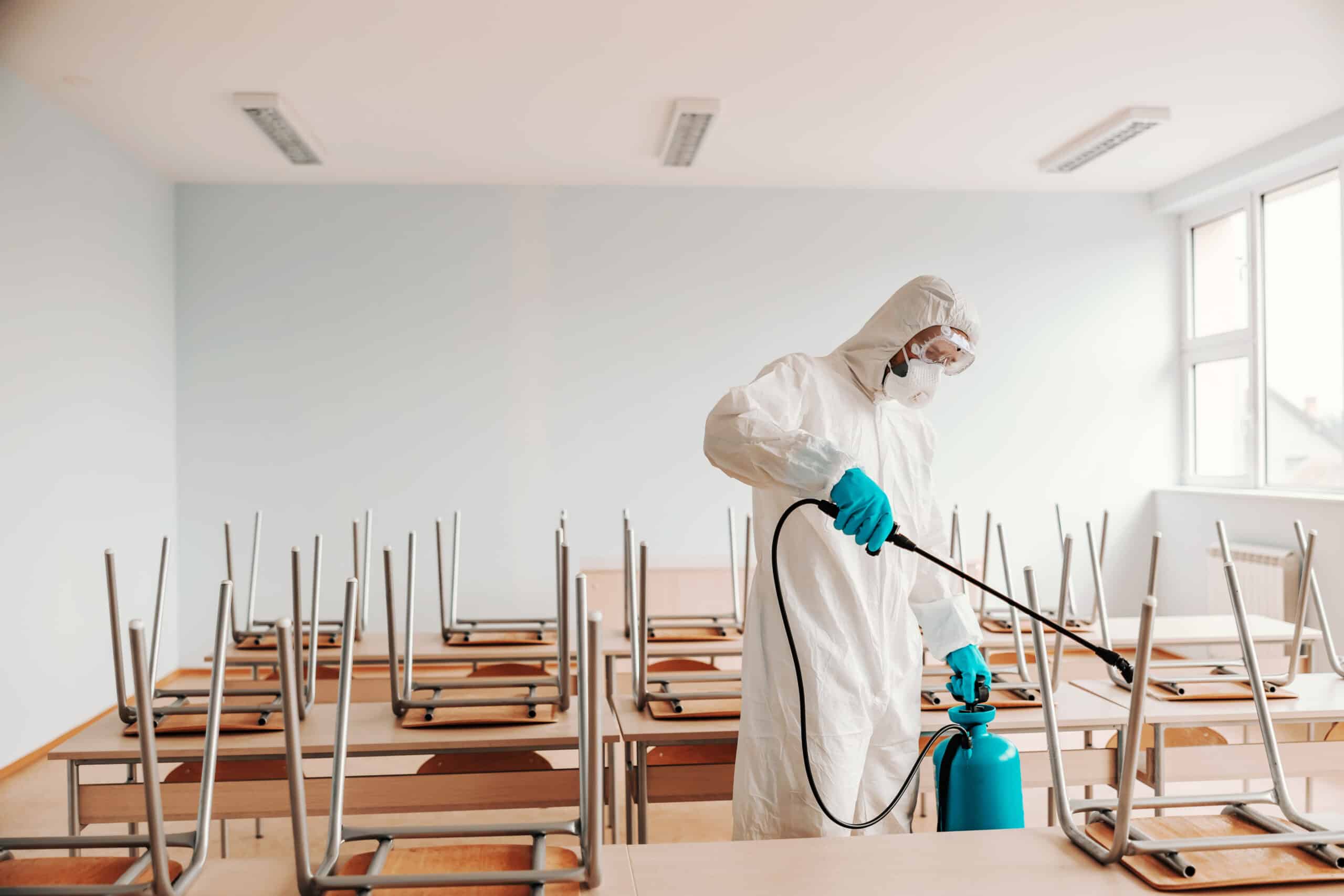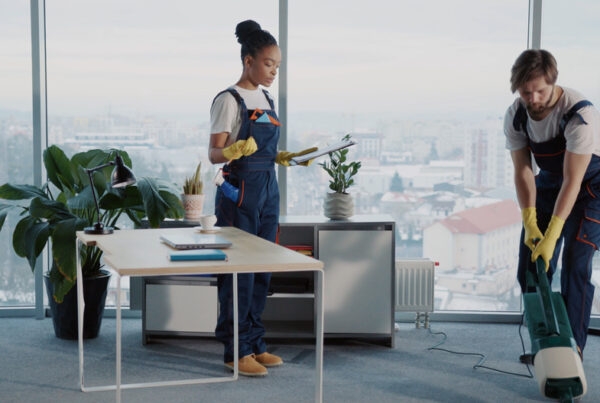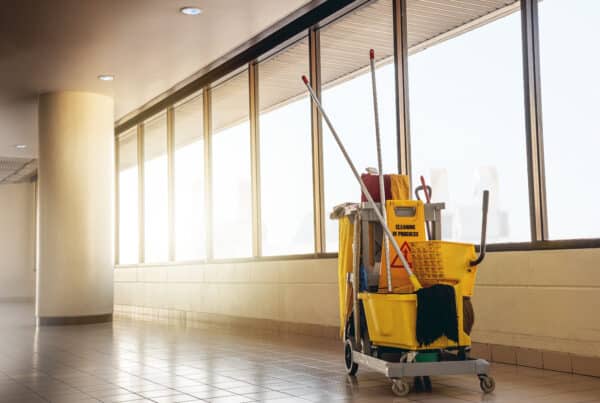Introduction: The Importance of School Cleaning in Student Health
Maintaining a clean and healthy environment is crucial for the well-being and success of students in educational institutions. School cleaning plays a vital role in creating a safe and hygienic space where students can learn, grow, and thrive. Not only does a clean environment contribute to physical health by reducing the spread of germs and preventing illnesses, but it also promotes mental well-being and productivity among students. In this article, we will explore the significance of school cleaning in safeguarding student health, understanding the connection between cleanliness and well-being, and implementing effective solutions for a healthier learning environment. Let's delve into the impact of school cleaning on student health and discover how we can create cleaner and safer schools for our students.
The Link between Cleanliness and Student Health: Understanding the Connection
Cleanliness and student health are closely interconnected, as the cleanliness of the school environment directly affects the well-being of students. A clean school promotes better health outcomes by minimizing the transmission of infectious diseases, reducing allergens and irritants, and creating a positive and conducive learning atmosphere. Let's explore the various aspects of this connection and understand how cleanliness plays a pivotal role in supporting student health.
Related Read: Creating a Healthy Work Environment: The Importance of Professional Office Cleaning Service
Reducing the Spread of Germs:
Regular school cleaning and disinfection of classrooms, common areas, and high-touch surfaces are essential in preventing the spread of germs among students. By implementing proper school cleaning protocols, schools can minimize the risk of contagious illnesses, such as colds, flu, and stomach bugs. This not only protects individual students but also helps maintain overall attendance and academic performance.
Preventing Allergens and Irritants:
Many students suffer from allergies or respiratory conditions like asthma. A clean school environment can significantly reduce the presence of allergens such as dust, pollen, mold, and pet dander, which can trigger allergic reactions and respiratory distress. Proper education cleaning practices, including regular dusting, vacuuming, and air filtration, help create a healthier space for students with sensitivities.
Related Read: Redefining Clean: Empowering Businesses with The Help Of Commercial Cleaners
Promoting Mental Well-Being:
A clean and organized school environment has a positive impact on students' mental well-being. Clutter-free classrooms and well-maintained facilities create a sense of order and calmness, allowing students to focus better on their studies. A visually appealing and hygienic environment also enhances students' pride in their school and fosters a sense of belonging and motivation.
Improving Indoor Air Quality:
Indoor air quality is a crucial factor in student health. Poor ventilation, the accumulation of dust, and the presence of pollutants can lead to respiratory problems, fatigue, and difficulty concentrating. Regular school cleaning, proper ventilation systems, and the use of eco-friendly cleaning products can significantly improve indoor air quality, ensuring a healthier and more comfortable learning environment.
Related Read: How Cleaning Companies Ensure Compliance with Australian Safety Standards
Enhancing Overall Hygiene Habits:
School cleaning services also play a vital role in instilling good hygiene habits in students. When students observe cleanliness and hygiene measures in their school environment, they are more likely to adopt these habits in their personal lives as well. By setting a high standard of cleanliness and providing education on proper hygiene practices, schools contribute to the long-term health and well-being of their students.
Implementing Education Cleaning Solutions for a Healthier Learning Environment
To ensure a cleaner and healthier school environment, educational institutions can implement the following solutions:
Establishing Comprehensive Cleaning Protocols:
Develop a detailed cleaning plan that includes regular cleaning schedules, specific cleaning tasks, and designated responsible staff members. Clearly communicate these protocols to all staff members involved in maintaining cleanliness throughout the school.
Training and Education:
Provide training sessions to custodial staff on proper cleaning techniques, including the use of cleaning products, disinfection procedures, and safety protocols. Additionally, educate students on the importance of cleanliness and personal hygiene habits to encourage their active participation in maintaining a clean environment.
Related Read: Childcare Cleaning Services: Finding The Right Commercial Cleaning
Effective Cleaning Practices:
Encourage the use of environmentally friendly and non-toxic cleaning products to minimize the impact on both student health and the environment. Implement proper waste management practices, including recycling and responsible disposal of cleaning materials.
Collaboration with Students and Parents:
Involve students and parents in maintaining cleanliness by promoting cleanliness campaigns, organizing school cleaning drives, and encouraging responsible waste management. Foster a sense of shared responsibility and pride in keeping the school environment clean and healthy.
Regular Inspections and evaluations:
Conduct routine inspections and evaluations to assess the effectiveness of educational cleaning practices and identify areas that require improvement. Use feedback from students, staff, and parents to address concerns and make necessary adjustments to the cleaning protocols.
Related Read: Creating a Healthy Work Environment: The Importance of Professional Office Cleaning Service
Cleaning Methods and Techniques: Best Practices for Effective School Cleaning
Cleaning Methods and Techniques: Best Practices for Effective School Cleaning
Maintaining a clean and sanitary environment is essential for the well-being of students and staff in educational institutions. Implementing effective cleaning methods and techniques ensures that the school remains a safe and healthy place for learning. In this article, we will discuss some best practices for school cleaning services to achieve optimal cleanliness and hygiene.
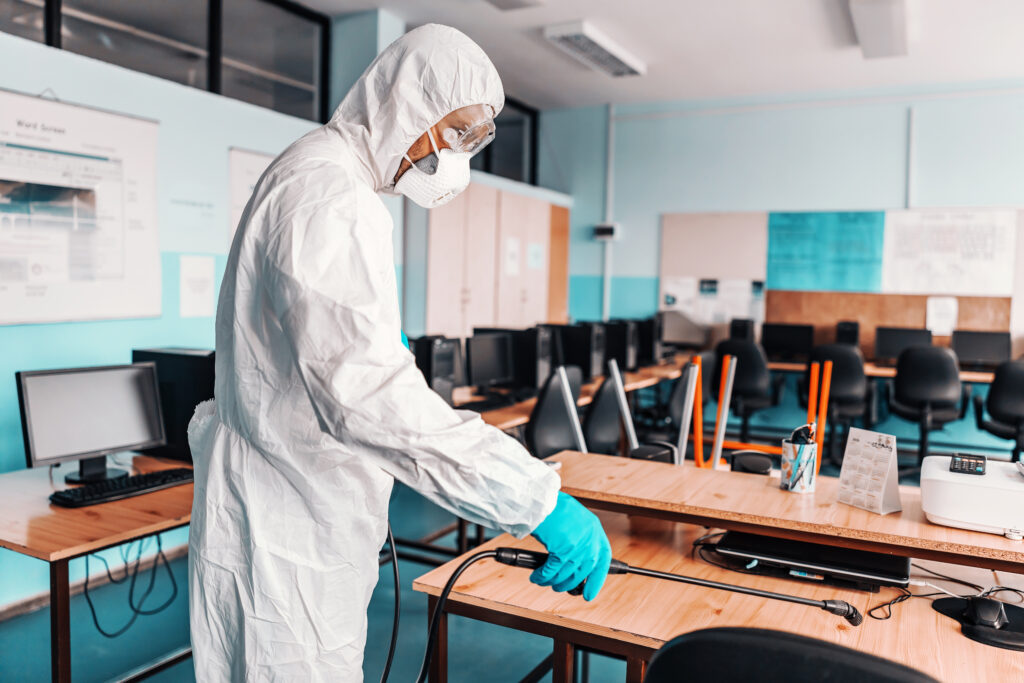
Develop a Cleaning Plan:
Start by creating a comprehensive school cleaning plan that outlines the specific cleaning tasks, schedules, and responsibilities. Consider all areas of the school, including classrooms, common areas, restrooms, and outdoor spaces. A well-defined school cleaning plan serves as a roadmap for custodial staff and ensures that no area is overlooked.
Related Read: Redefining Clean: Empowering Businesses with The Help Of Commercial Cleaners
Use the Right Cleaning Products:
Selecting appropriate cleaning products is crucial for effective cleaning. Ensure that the products are safe, non-toxic, and approved for use in educational environments. Consider using environmentally friendly options to minimize the impact on both human health and the environment. Different surfaces may require specific cleaning agents, so choose products accordingly.
Establish Cleaning Protocols:
Develop clear and consistent cleaning protocols to ensure that cleaning tasks are performed consistently and efficiently. Standard procedures for dusting, mopping, vacuuming, disinfecting, and waste disposal. Clearly communicate these protocols to the custodial staff and provide training on proper cleaning techniques.
Adopt Proper Cleaning Techniques:
Proper cleaning techniques enhance the effectiveness of cleaning efforts. Teach custodial staff the correct procedures for dusting, wiping, and mopping. Emphasize the importance of thorough cleaning and disinfection, paying special attention to high-touch surfaces and areas with increased potential for germ transmission.
Related Read: How Cleaning Companies Ensure Compliance with Australian Safety Standards
Focus on High-Traffic Areas:
Identify high-traffic areas where dirt, dust, and germs tend to accumulate more rapidly. These areas may include entranceways, hallways, cafeterias, and restrooms. Allocate additional time and resources to clean and disinfect these areas frequently to maintain cleanliness and reduce the spread of germs.
Implement Regular Vacuuming and Floor Care:
Regular vacuuming is essential to remove dust, dirt, and allergens from carpets and rugs. Use high-quality vacuum cleaners equipped with HEPA filters to capture microscopic particles effectively. For hard floors, adopt appropriate school cleaning service and method, such as mopping or auto-scrubbing, to ensure thorough and hygienic cleaning.
Related Read: Childcare Cleaning Services: Finding The Right Commercial Cleaning Provider
Promote Hand Hygiene:
Hand hygiene is a critical aspect of maintaining cleanliness and preventing the spread of germs. Install hand disinfecting stations in key locations throughout the school, such as entrances, classrooms, and cafeterias. Educate students and staff about proper handwashing techniques and the importance of hand hygiene.
Foster a Culture of Cleanliness:
Create an environment that promotes cleanliness and hygiene by fostering a culture of cleanliness among students, staff, and visitors. Display visual reminders, such as posters and signage, that encourage cleanliness habits and highlight the importance of maintaining a clean school.
Related Read: Understanding the needs of commercial cleaning in different industries
Regular Inspections and Quality Assurance:
Conduct regular inspections to ensure that cleaning protocols are being followed correctly and consistently. Assign supervisors or quality control personnel to assess the cleanliness of different areas and provide feedback to custodial staff. This allows for ongoing improvements and ensures that school cleaning service standards are upheld.
Continuous Training and Professional Development:
Provide ongoing training and professional development opportunities for custodial staff. This ensures that they are equipped with the latest cleaning techniques, knowledge of new cleaning products, and an understanding of best practices in the industry. Regular training sessions also serve as a platform to address any concerns or questions related to educational facility cleaning.
Related Read: The SCS group is known for its dedication and support towards its team!
SCS Group Integrated Services: Your Trusted School Cleaning Company in Sydney
At SCS Group Integrated Services, we understand the importance of cleanliness in promoting student health and well-being. As a leading school cleaning company in Sydney, we are committed to creating a safe and hygienic learning environment for students, staff, and visitors.
Tailored Cleaning Solutions for Every School
We offer customized school cleaning solutions to meet the unique needs of each school. Our experienced school cleaning team works closely with school administrators to develop a comprehensive educational cleaning plan that addresses all areas of the facility. Whether you require daily cleaning, deep cleaning during breaks, or specialized school cleaning for specific areas, we have the expertise and resources to deliver exceptional results.
Related Read: WHY Choose – SCS Group
Education Cleaning Commitment to Sustainability
We prioritize sustainability in all our professional education cleaning operations. We use eco-friendly school cleaning products that are safe for students and the environment. Our methods focus on waste management, water conservation, and energy efficiency. By partnering with a school cleaning company like us, you can demonstrate your school's commitment to sustainability and instill eco-conscious values in your students.
